Travel to Guangdong and Macao during the short holiday (6)
When we got up in the morning, we went to the famous Diandude Restaurant near the hotel. This is where Cantonese people eat morning tea to experience the morning tea life of Cantonese people.
The restaurant is very large, with dozens of tables. It is bustling with people coming and going. Some local elderly people eat breakfast here and chat, some young people discuss business while eating here, and some tourists like us come to experience the morning tea of Cantonese people.
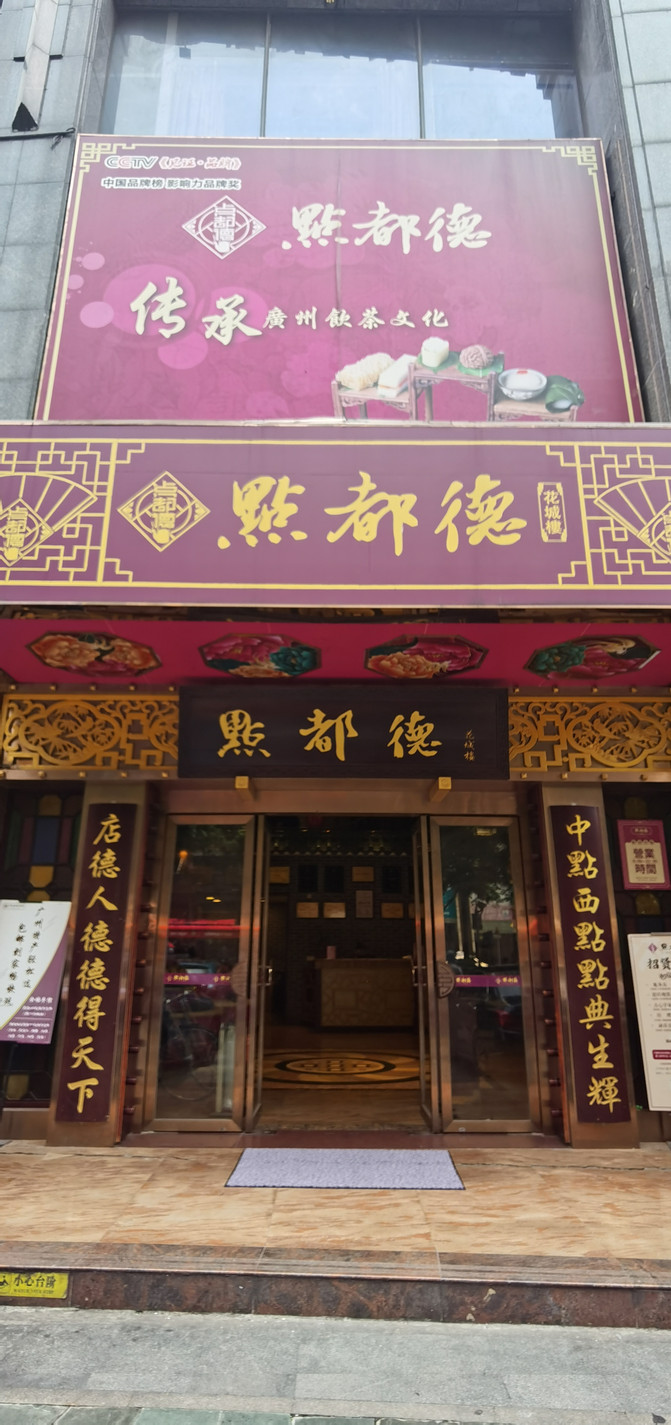
Every table has such a tea set.
Put a copper pot on a small stove. You can choose one of Pu 'er, Tieguanyin, black tea, or chrysanthemum. While drinking tea, you can eat the food of Guangdong morning tea, and you can chat and talk about things across the sea and sky.






After ordering Dude Restaurant, we headed straight to the Sun Yat-sen Memorial Hall.
The Sun Yat-sen Memorial Hall in Guangzhou was built in January 1929 and completed in November 1931. It is octagonal and combines Chinese and Western. It uses a steel frame and reinforced concrete structure. It has a building space with a span of 71 meters and does not have a single pillar inside. The Sun Yat-sen Memorial Hall in Guangzhou is a miracle in the history of Chinese architecture and the largest Sun Yat-sen Memorial Hall in the world.



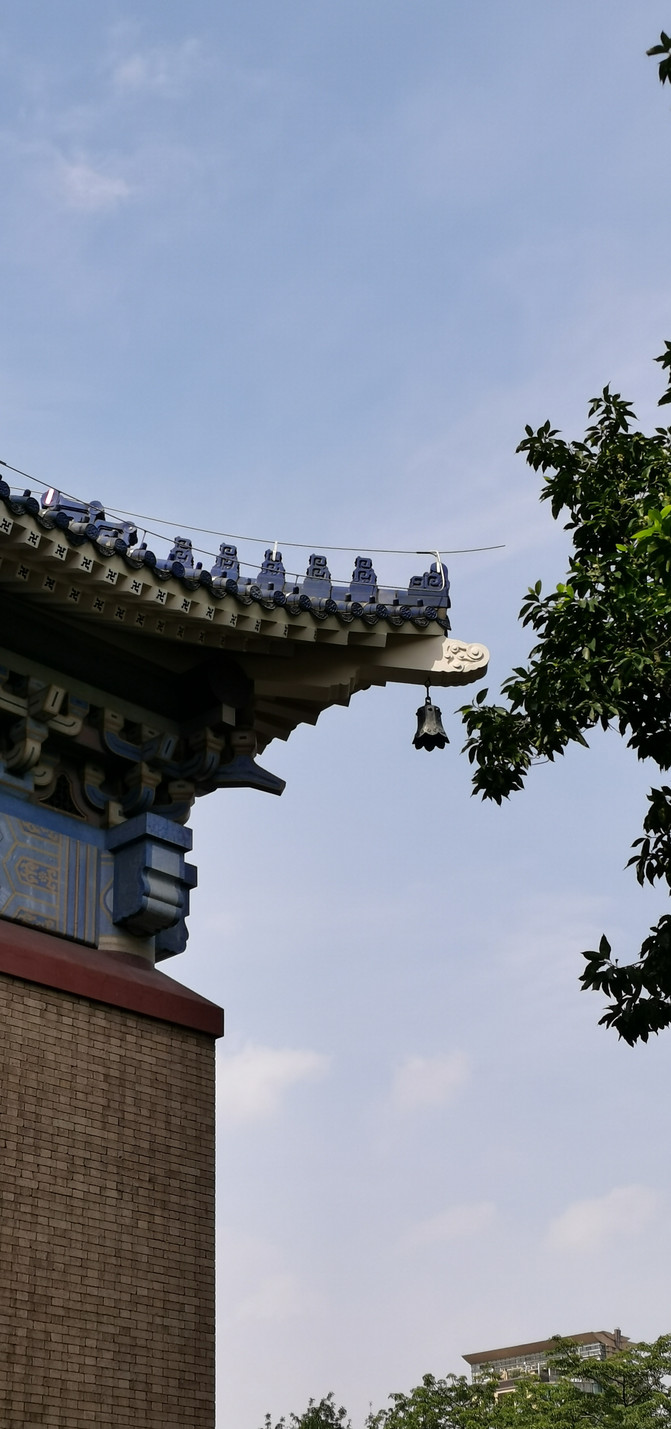


The marble for the stair railings is imported from Italy.
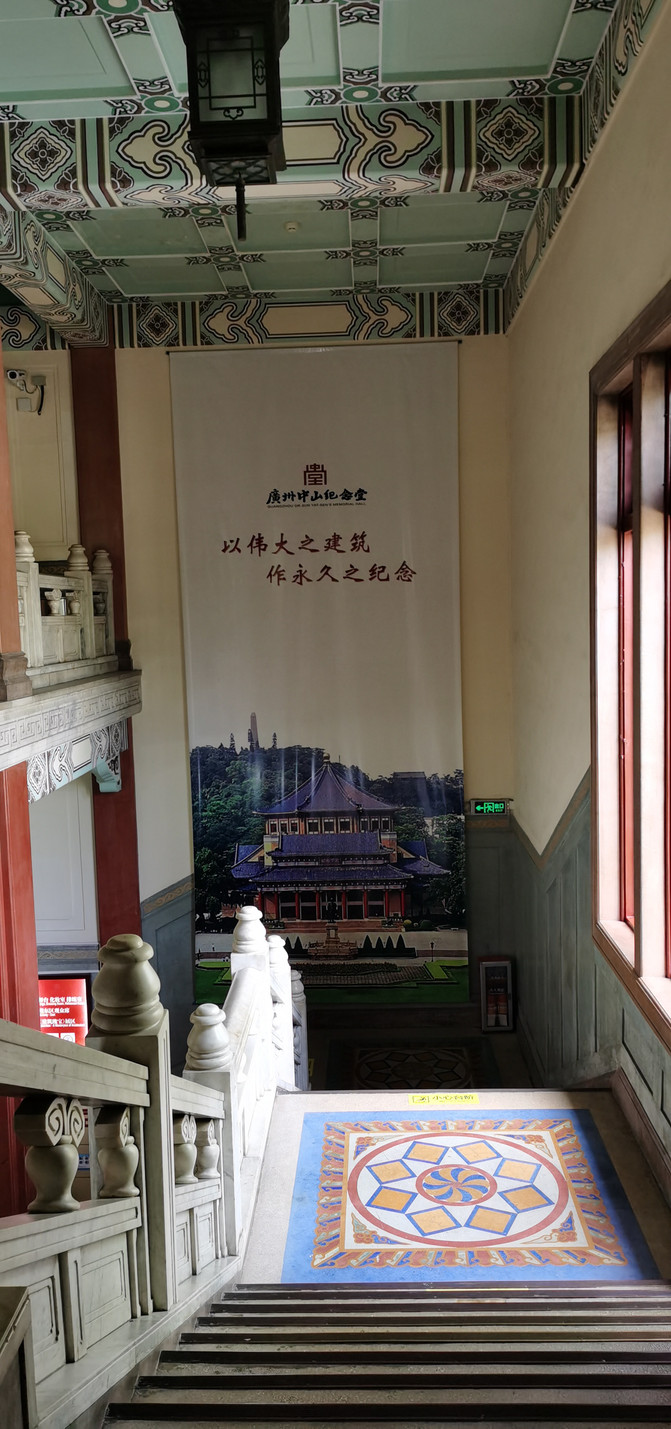


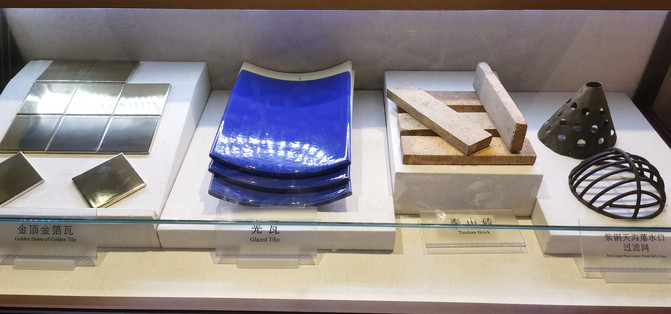
The roof paved with blue gold tiles is full of strong Chinese characteristics.

All Western-style steel frame structures, all of which were imported from the United States at that time.

The building's drainage system is also unique, and the drainage pipes are completely invisible from the outside.

gold embroidery

The huge dome spans 71 meters and does not have a single pillar.




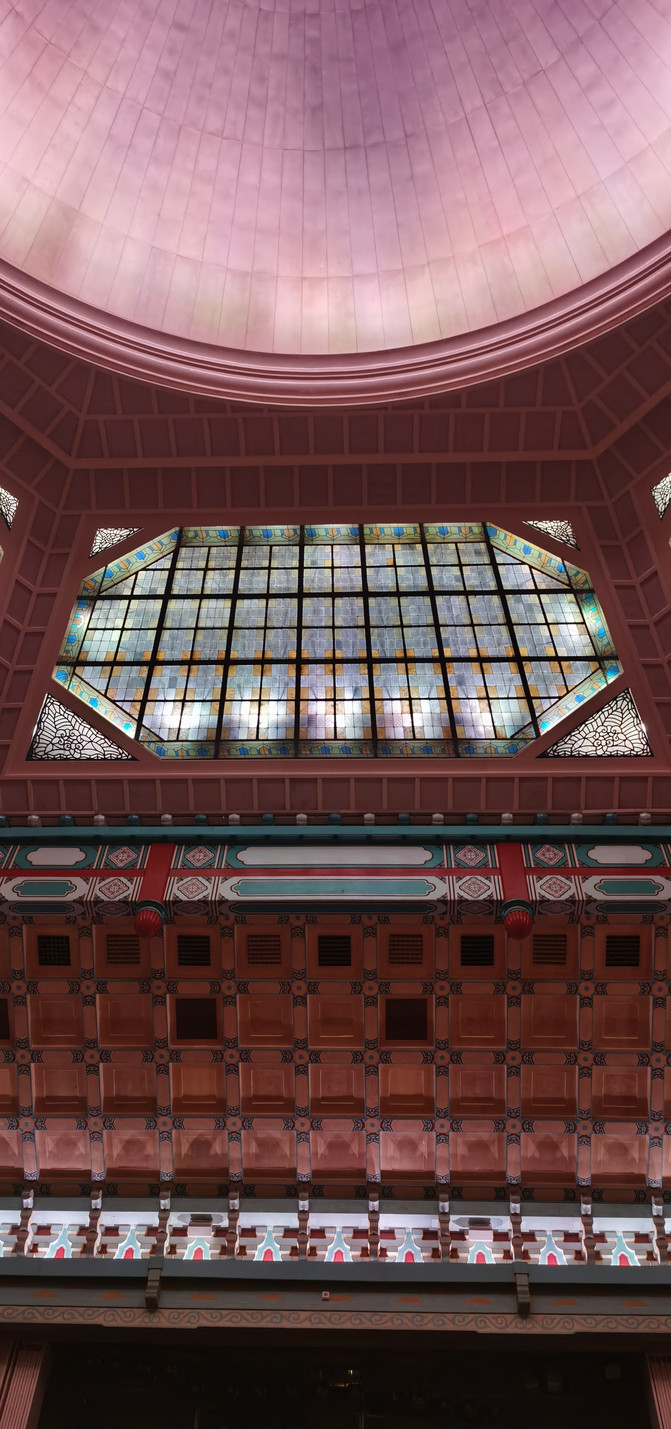
The back wall of the rostrum is engraved with Dr. Sun Yat-sen's will.

Exterior of Sun Yat-sen Memorial Hall. The color matching of red, white and blue symbolizes universal love, equality and freedom. It is both traditional and modern.





Huabiao!

In the garden of the Sun Yat-sen Memorial Hall, there are leaf-leafed banyan trees. Due to their age, their air roots fall on the ground, and the seeds fall on the branches of the main tree to form trees.


Coming out of the memorial hall, we headed straight to the Litchi Bay Scenic Area, where there are the historical and cultural districts of Guangzhou City.


These old houses are still well preserved, and they tell the story of history.





Xiaohonglou.

This is the former residence of Mr. Jiang Guangnai. Jiang Guangnai served as commander-in-chief of the 19th Route Army of the National Revolutionary Army and commander of the Songhu Garrison. Mr. Jiang was an outstanding patriotic democrat and political activist, an outstanding anti-Japanese general and the commander-in-chief of the Songhu Anti-Japanese War. After the founding of New China, he served as the first Minister of Textile Industry in New China.



The emblem sculpture on the door frame of the former residence.

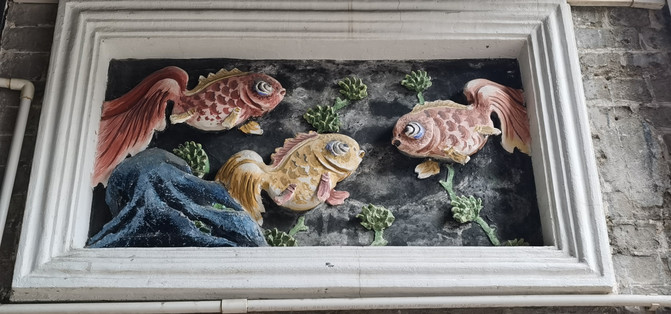

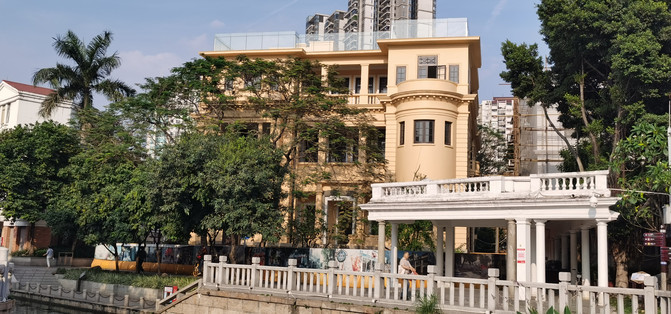




After coming out of Litchi Bay, the weather was so hot that we came to the Starbucks Zhenxuan Cafe in the alley.
After a short rest, we walked towards Enning Road, a historical and cultural district in Guangzhou, where there are more than a dozen cultural relics and historic sites. The most famous ones include Zhan Tianyou, an expert in modern railway engineering in my country; Bruce Lee, a pioneer in the world's martial arts revolution and the first global promoter of Chinese Kung Fu; and historical relics such as the Cantonese Opera Club.
Starbucks Select Cafe with R.


Enning Road, Guangzhou's historical and cultural district.

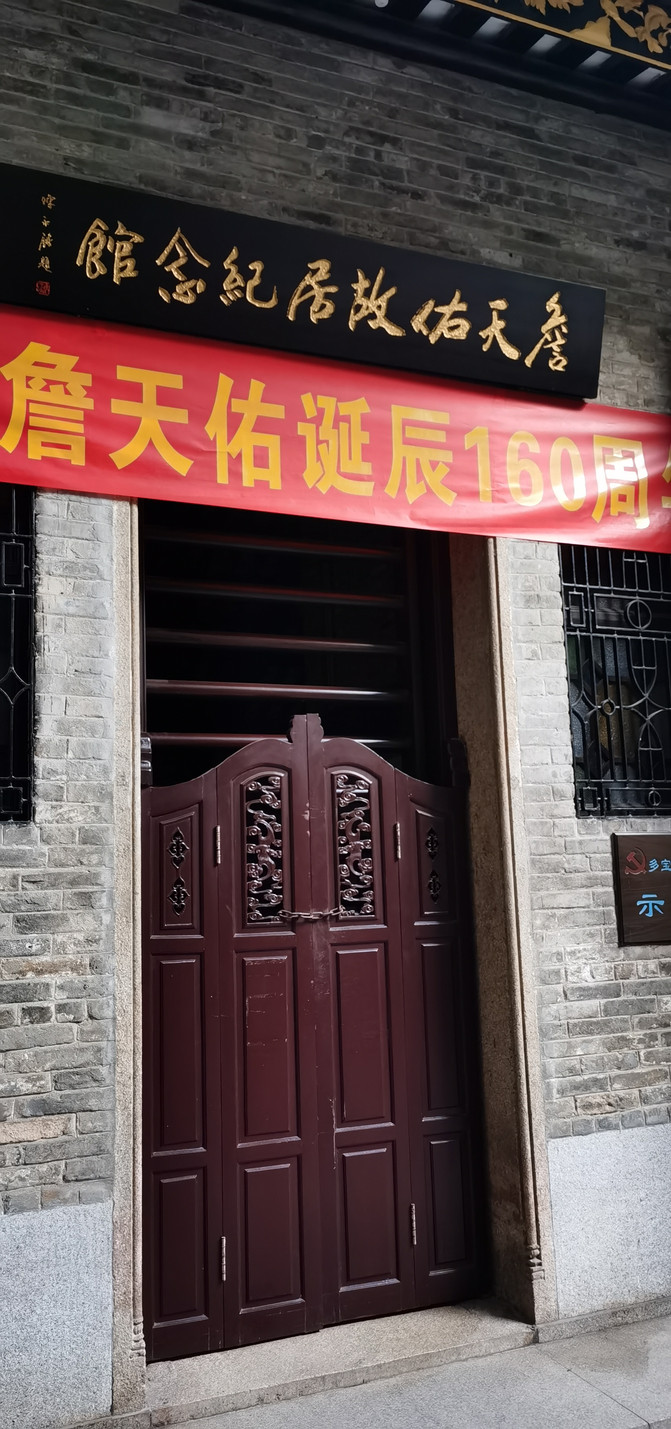
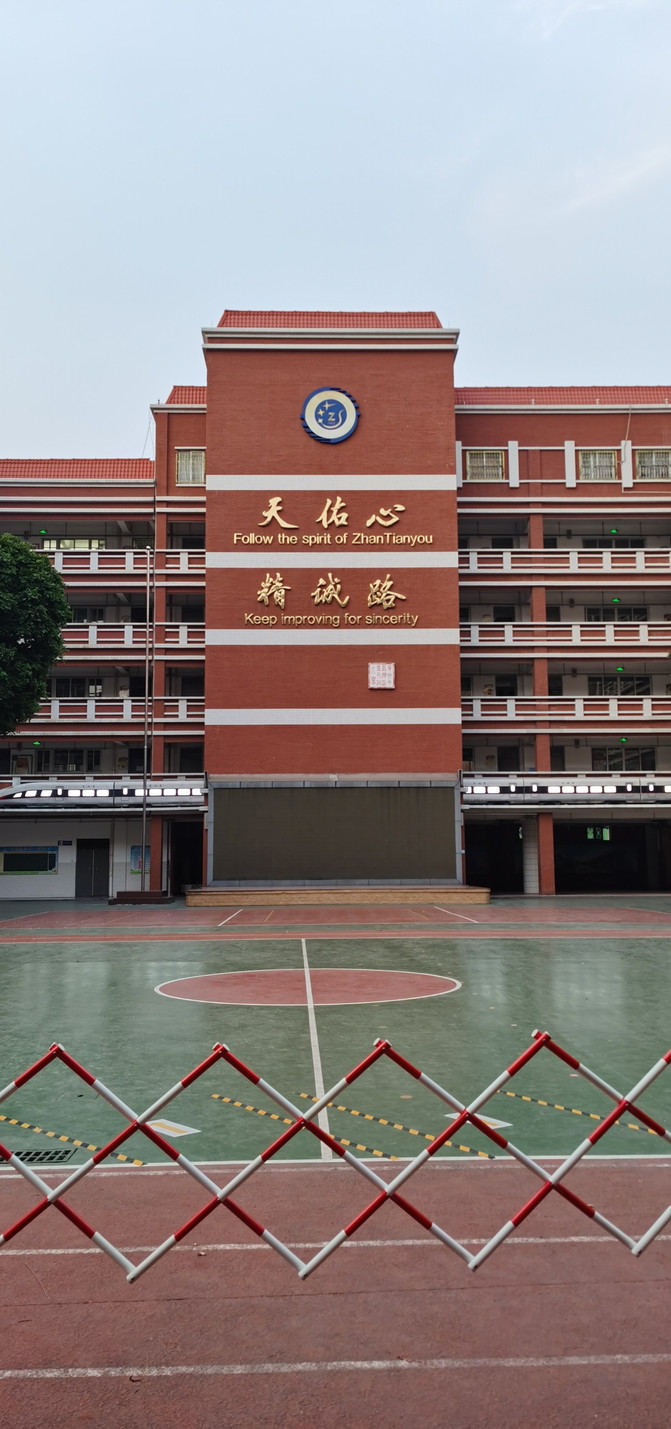


Former residence of Bruce Lee.








Yongqing square
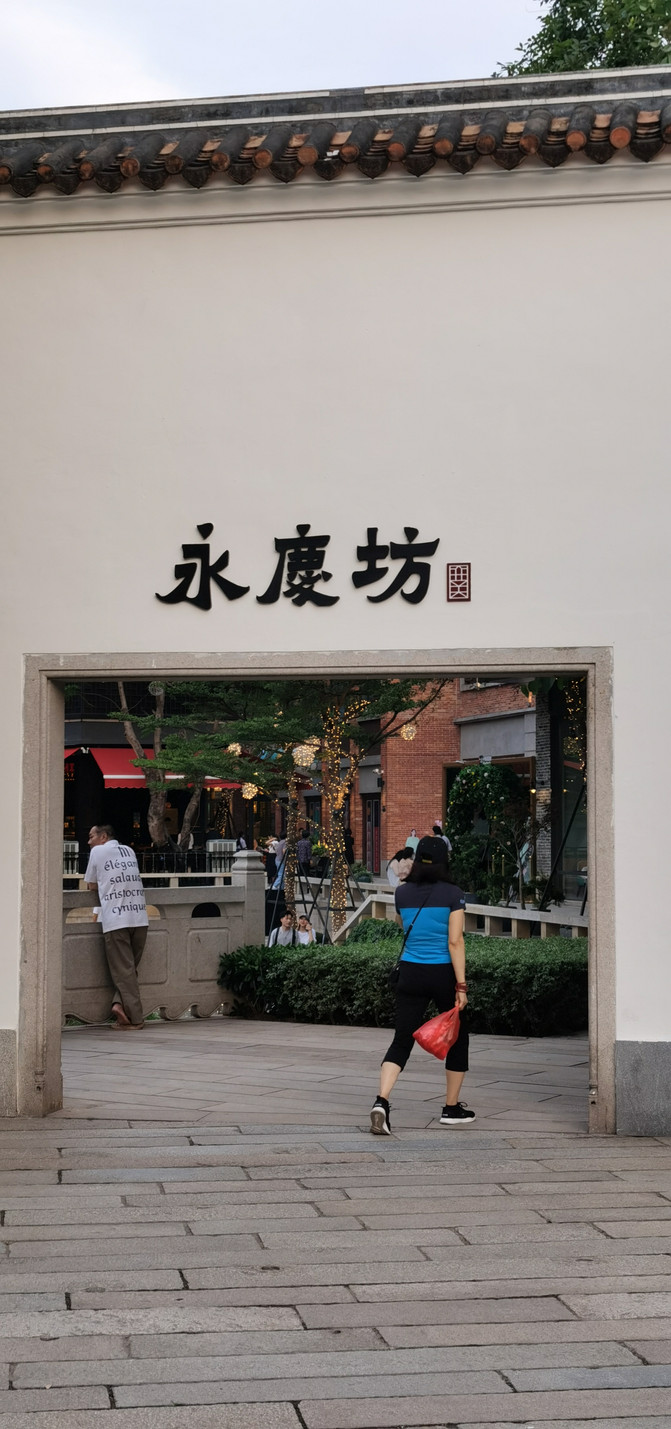
Coming out of Enning Road, we came to Shamian in Guangzhou again. Shamian in Guangzhou was the Anglo-French Concession at that time. There are nearly a hundred various cultural relics buildings here, a bit like Shanghai's Bund, except that the houses are shorter than those on the Shanghai Bund. There are also more than a hundred ancient trees here, tall and lush. Unfortunately, most of the buildings here are administrative or government offices. There is no commercial here at night, so it seems very deserted. We took pictures and left.






Ancient trees are lush and lush.
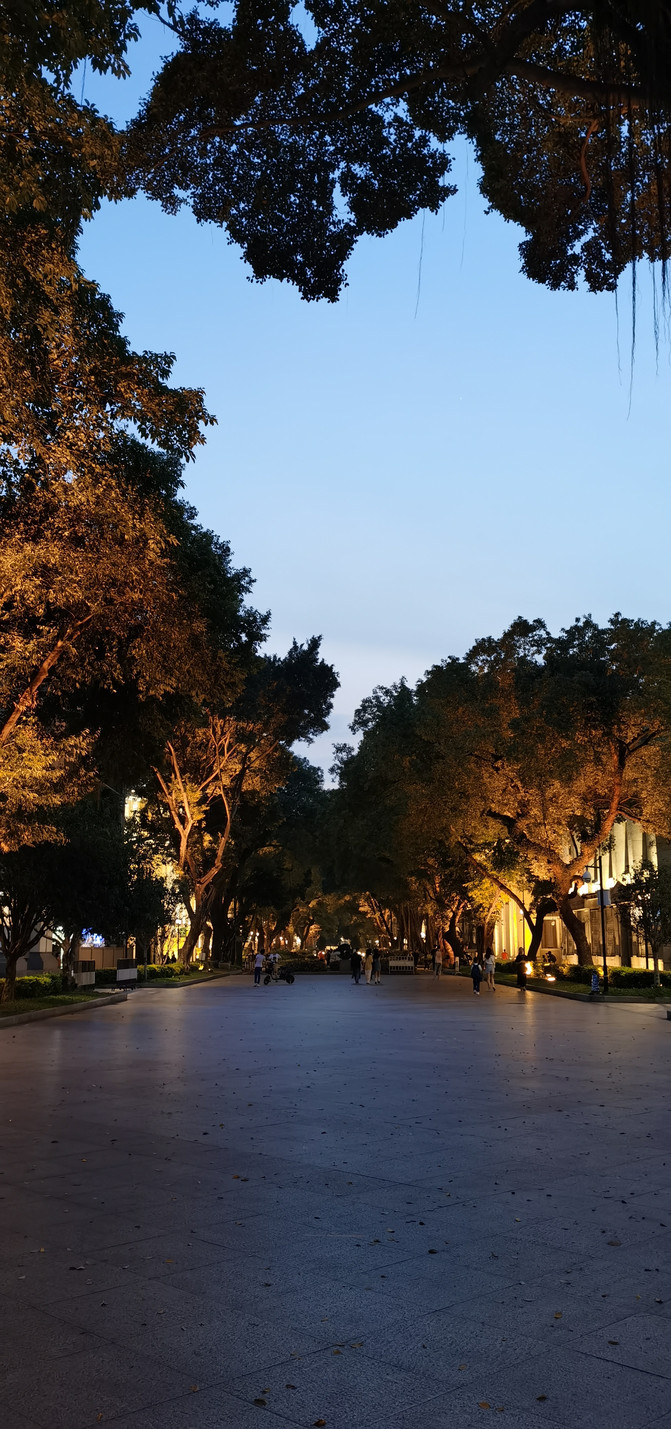










The site of Zhengjin Bank in Japan.





Looking at modern Guangzhou, the contrast between the old and the new has a strong impact both visually and spiritually.








No matter what the impact is, the food still needs to be eaten. I accidentally walked into this restaurant, which is also a Michelin-nominated restaurant.



It's a fulfilling and hard day, let's go to bed early!
Previous Article:Lingnan Chonglou appeared in Yingchun City for the first time
Next Article:Guangzhou Urban Light Vacation-One-stop check-in for parent-child trendy play projects
